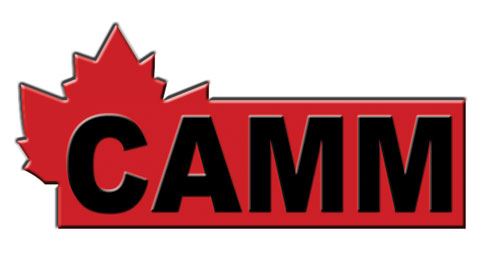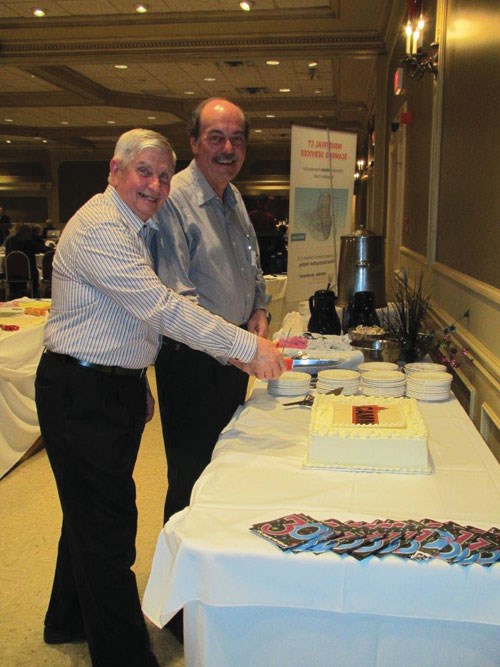The Canadian Association of Moldmakers: Sharing Experiences to Educate Industry
“Business concerns are expressed on a wide variety of topics to ensure the most ideal business climate. As the voice representing moldmakers, as well as the business community, the Association has a respected reputation at the Federal and Provincial level of government. We have an impressive record of successfully translating our ideas into action.”
The Canadian Association of Moldmakers (CAMM: Windsor, ON) was established in 1981 under the name of the Windsor Association of Moldmakers—generating such buzz that it became the Canadian Association of Moldmakers in 1992 to address issues like global and legislative matters; new technology; and education and training programs. Members include moldmakers, designers, manufacturers, and supplier and service companies across Canada and North America.
According to CAMM Vice Chair Mike Hicks (who is also Vice President of component supplier DMS), CAMM’s Toronto chapter and an affiliation with FEPAC (The Canadian Federation of Plastics and Alliances Composites) in Quebec allow CAMM to have a stronger voice to assist the association in dedicating itself to the industry. CAMM is governed by volunteering members serving as CAMM Board of Directors and Officers (President, Vice President, and Treasurer) and employs one professional full-time staff member. The Board is made up of six moldmakers, three service companies and three supplier companies that are nominated through its general membership.
“We encourage members to share ideas and experiences that will improve business and the industry through annual conventions, conferences, seminars and dinner meetings,” Hicks says. “We participate in international trade fairs, and other events in the industry, in order to ensure our members remain abreast of advancing technology and current events.”
There are numerous advantages to being a member of CAMM, Hicks maintains. Relationship building is paramount. “Membership is not a one-time activity,” Hicks emphasizes. “Effective membership results from continuously building better relationships.”
CAMM is particularly active in government, Hicks points out. “CAMM lobbies for businesses on all government levels,” he says. “Business concerns are expressed on a wide variety of topics to ensure the most ideal business climate. As the voice representing moldmakers, as well as the business community, the Association has a respected reputation at the Federal and Provincial level of government. We have an impressive record of successfully translating our ideas into action.”
As with many trade associations, networking opportunities abound at CAMM by attending regularly scheduled events and trade shows. CAMM also has a new section on its website that allows members to access wage surveys, job postings/opportunities, and trade show leads. All members are listed on the website, free of charge. Referrals are another benefit of being a CAMM member. Hicks points out that CAMM often receives requests from other businesses requesting quotes and other types of information.
CAMM is also exhibiting at Argenplas 2012 on June 18-22 in Buenos Aries, which Hicks notes is a wonderful opportunity for all Canadian shop member companies to explore business prospects in emerging markets.
Related Content
-
Making Quick and Easy Kaizen Work for Your Shop
Within each person is unlimited creative potential to improve shop operations.
-
Top 10 Topics to Cover During an ISO 9001 Manufacturing Audit
Take a look at this practical hands-on approach to conducting a quality audit.
-
What is Driving Mold Lifecycle Management Digitalization?
OEMs are looking to partner with suppliers to share and track data across the supply chain for advanced intervention and process management.
















